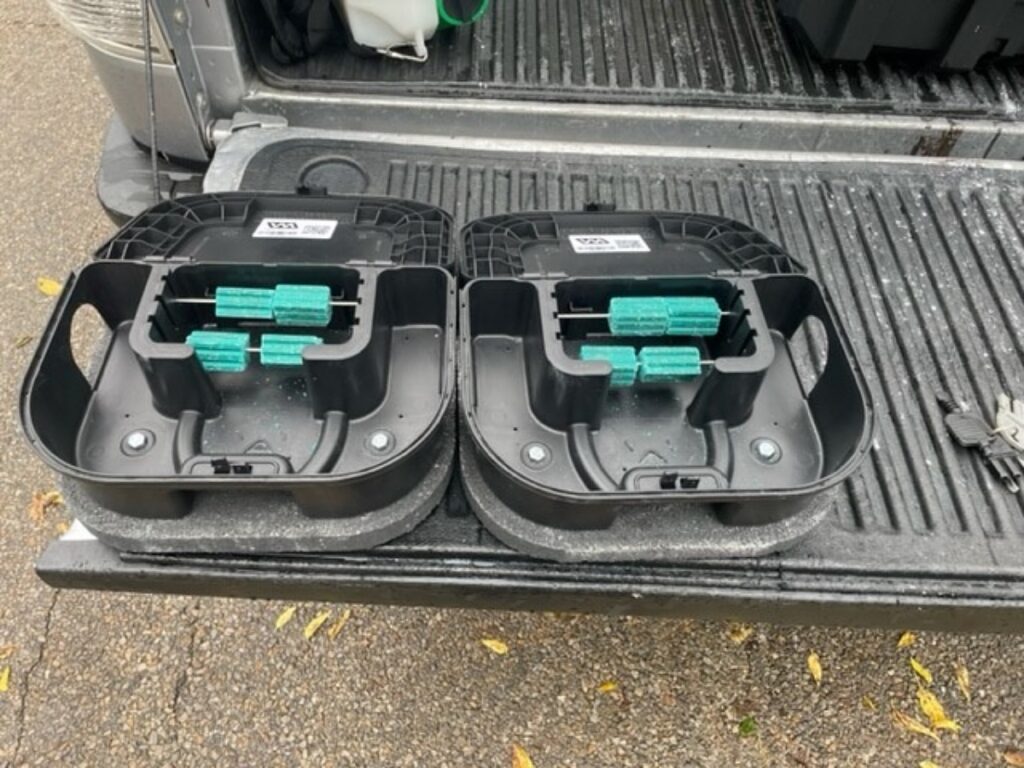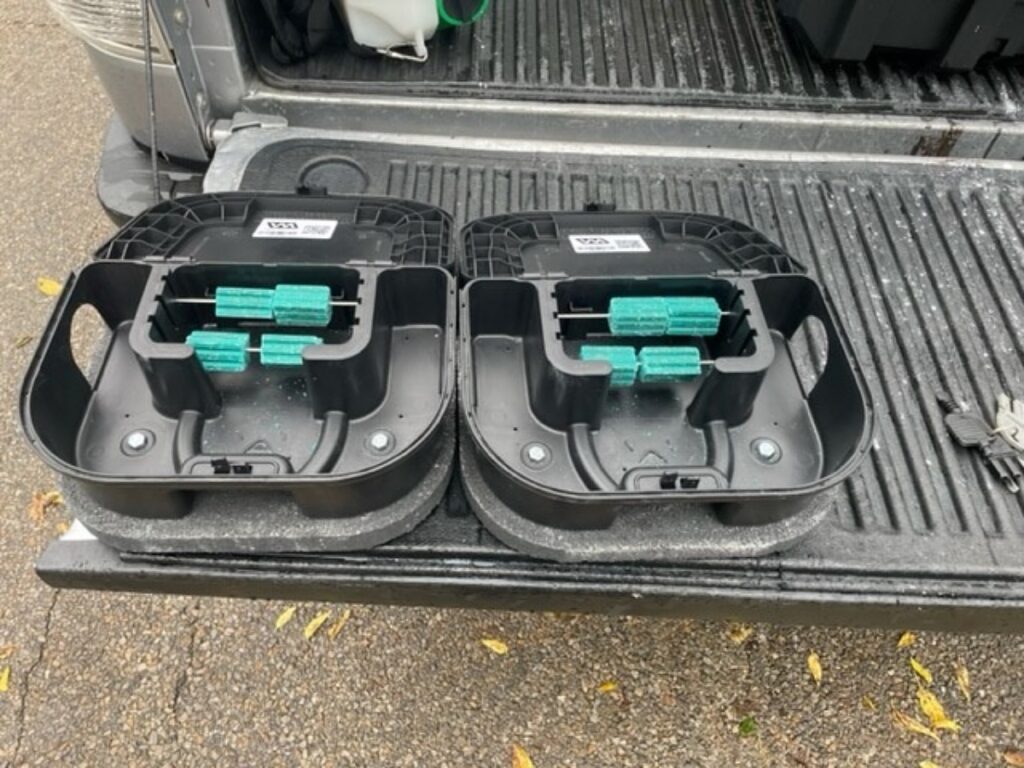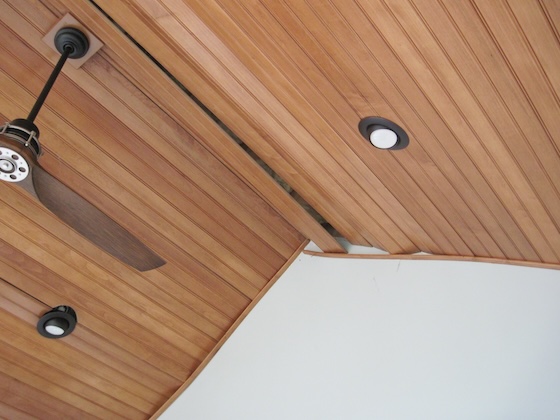
Signs of a Rodent Infestation
Spotting signs of a rodent infestation in your home is crucial in order to address the problem promptly. One of the most obvious signs is the presence of droppings, which can often be found near entry points, food sources, or nesting areas. These droppings are typically small and dark in color, resembling grains of rice. Another telltale sign is the presence of gnaw marks on various objects such as wires, furniture, or even walls, as rodents have a natural instinct to chew on things to keep their teeth sharp. Additionally, you may notice damage to food packaging or stored items, as rodents are capable of contaminating and consuming food supplies. Strange sounds such as scratching or scurrying noises in the walls or ceilings may also indicate the presence of rodents.
Identifying Common Rodent Species
Rodents are a common nuisance in many households and can be found in various shapes and sizes. Among the most frequently encountered species is the house mouse (Mus musculus). These small rodents have a pointed snout, large ears, and a long, scaly tail. Their fur color can range from light brown to dark gray, and they typically measure about 2.5 to 3.5 inches long. House mice leave droppings, gnaw marks on food packages or wooden items, and may build nests in attics, basements, or hidden corners.
Another prevalent rodent species is the Norway rat (Rattus norvegicus). These rats are larger than house mice, measuring around 7 to 9 inches in length, excluding their tails. Norway rats have a heavy and robust body with coarse brown or gray fur. They have a blunt snout and small ears compared to their body size. Norway rats are skilled climbers and are often found nesting in burrows or underground. Similar to other rodents, they leave behind droppings, gnaw marks, and may cause damage to crops or stored food.
Understanding Rodent Behavior and Habits
Understanding Rodent Behavior and Habits:
Rodents are highly adaptable creatures that possess unique behavior and habits. By understanding their natural inclinations, we can effectively address and prevent infestations in our homes and surroundings.
Rodents, such as mice and rats, are nocturnal animals and are most active during the night. They have excellent hearing and a well-developed sense of smell, enabling them to detect potential sources of food and water from a considerable distance. Additionally, rodents are known for their opportunistic behavior, scavenging and exploring their surroundings for any available resources. This makes them particularly attracted to our homes and establishments, as we unknowingly provide them with a readily accessible food source.
Furthermore, rodents have a remarkable ability to reproduce rapidly. A female mouse, for example, can give birth to a litter of up to twelve offspring in just three weeks. With a gestation period of only 19-21 days, the population can multiply exponentially within a short span of time if left unchecked. Additionally, rodents are known to exhibit neophobic behavior, which means they are cautious and wary of new objects or changes in their environment. This can make it challenging to control and eliminate infestations as they may avoid traps or bait stations initially.
Understanding these behaviors and habits of rodents can help us adopt effective prevention and control measures. Stay tuned to learn more about how to block entry points, secure doors and windows, and maintain cleanliness to deter rodents from infesting our homes.

Block Entry Points: Sealing Cracks and Holes
Sealing cracks and holes is a crucial step in preventing rodent infestations in your home. These small openings serve as entry points for rodents, allowing them easy access to your living spaces. Even the tiniest gaps can provide an opportunity for these pests to enter, as rodents possess the ability to squeeze through narrow openings. Therefore, it is essential to thoroughly inspect your property and seal any openings you come across.
To effectively block entry points, start by examining the exterior of your home. Pay close attention to areas where utility lines enter the building, as rodents can easily exploit gaps around pipes and wires. Additionally, inspect the foundation, walls, and roof for any cracks or holes. Seal these openings with the appropriate materials, such as caulk or expandable foam, ensuring a tight and durable seal. Remember, even the smallest opening can be an invitation for rodents, so take the time to seal every potential access point, no matter how insignificant it may seem.
Securing Doors and Windows
Securing doors and windows is crucial in preventing rodents from entering your home. These small critters possess the ability to squeeze through tiny openings, making it essential to fortify potential entry points. Start by inspecting the perimeter of your doors and windows for any gaps or cracks. Even the tiniest opening can serve as an invitation for rodents to enter. Seal any visible openings using weather stripping or caulk. Additionally, consider installing door sweeps and window screens to create an extra barrier against unwanted visitors. By taking these simple steps, you can greatly reduce the risk of a rodent infestation in your home.
In addition to sealing cracks and gaps, it is essential to ensure that your doors and windows are properly closing and latching. Over time, doors and windows can become misaligned, leaving gaps that rodents can exploit. Check for any loose hinges or faulty latches and make the necessary repairs. If you notice a significant gap, consider installing a door or window guard to further strengthen the defense against rodents. Remember, these pests are experts at finding entryways, so it is crucial to be thorough in your inspection and reinforcement efforts. Through these measures, you can effectively secure your doors and windows, making it more difficult for rodents to infiltrate your home.
Proper Food Storage and Waste Management
Proper food storage and waste management are essential to prevent rodent infestations in your home. Rodents are attracted to easily accessible food sources, so it is crucial to take measures to secure and store food properly. Make sure all food items are stored in sealed containers or in the refrigerator, and avoid leaving food out overnight. Regularly inspect your pantry and cabinets for signs of rodent activity, such as chew marks on packaging or droppings. Additionally, it is important to properly manage and dispose of waste. Keep garbage cans tightly sealed and dispose of trash regularly to prevent any lingering odors that may attract rodents. By adopting these practices, you can significantly reduce the risk of a rodent infestation in your home.
Maintaining Cleanliness and Hygiene
Proper cleanliness and hygiene practices are crucial when it comes to preventing and controlling rodents in your home or workplace. One key step is to regularly clean and sanitize all areas, paying close attention to commonly overlooked spaces such as corners, cabinets, and under appliances. Regular vacuuming and sweeping can help to remove any food particles or debris that may attract rodents. Moreover, it is important to dispose of trash in sealed bins and keep garbage areas clean to deter rodents from scavenging for food.
Another important aspect of maintaining cleanliness and hygiene is to promptly clean up any spills or messes, especially food spills. Rodents are attracted to food sources, and even small crumbs can be a tempting treat for them. By wiping up spills and properly storing food, you can minimize the presence of enticing smells and reduce the risk of attracting rodents. Additionally, proper food storage in airtight containers is essential as it not only prevents rodents from accessing food but also helps maintain its freshness and prevent contamination. By implementing these cleanliness and hygiene practices, you can create a less appealing environment for rodents, reducing the likelihood of infestation.
Removing Clutter and Nesting Materials
One effective method of preventing and controlling a rodent infestation is by removing clutter and nesting materials from your home or property. Rodents, such as mice and rats, are skilled at finding hiding spots and creating nests in dark and undisturbed areas. By eliminating these potential nesting sites, you can significantly reduce the appeal of your property to these pests.
Start by decluttering your space, paying particular attention to areas where rodents are likely to hide, such as attics, basements, and garages. Remove any unnecessary items, such as old furniture, cardboard boxes, and piles of newspapers or magazines. These items provide rodents with ideal materials for building their nests and should be disposed of properly. Additionally, be sure to seal any cracks or crevices in walls or floors where rodents can gain access to these potential nesting areas. By maintaining a clutter-free environment and sealing off entry points, you can greatly reduce the chances of rodents establishing a home on your property. If you are seeing mice around your property or inside your home or business contact the Pro Pest Control team right away. We can help prevent the problem from getting bigger.
Rodent-Proofing Your Home: Tips and Tricks for a Pest-Free Space was first seen on https://propestcontrolservices.com/





More Stories
The Role of Chimney Inspections in Homebuying
The Rise of Bed Bugs: Why Are They Making a Comeback?
Chimney Masonry Repair 101: Restoring Beauty and Functionality